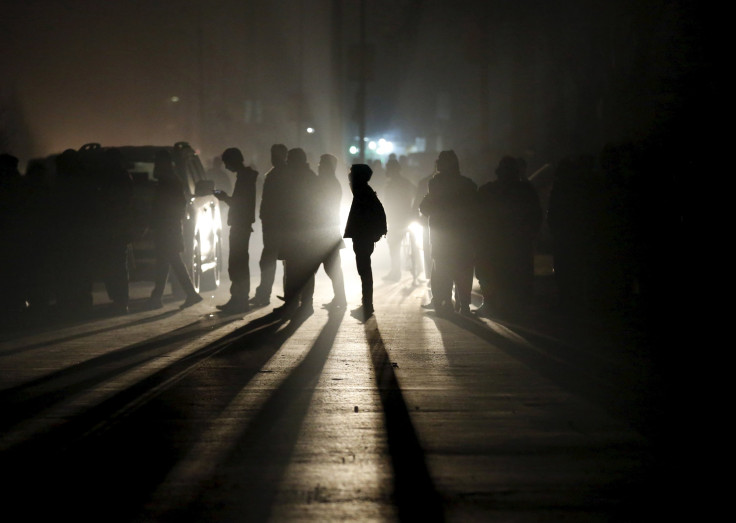Amid Taliban, Terror Threats, Afghanistan Economic Outlook 'Unfavorable' Despite US-Led Redevelopment: Report

After nearly a decade and a half of war and years of U.S.-led reconstruction and development efforts, the Afghanistan economy is in tatters, according to a government report to Congress due for release Saturday.
The sobering quarterly report from the Special Inspector General for Afghanistan Reconstruction calls the Central Asian country’s economic medium-term outlook “unfavorable” with “sluggish growth” of around 1.9 percent projected for 2015. While a mild recovery is expected of 3.1 percent of GDP in 2016 and 3.9 percent in 2017, the figures are only possible if the country can improve its deteriorating security issue that has seen the Taliban and other insurgent groups rise since U.S. combat troops withdrew from the landlocked country at the end of 2014.
“Intractable insurgents, cutbacks in foreign military personnel, persistent emigration of people and capital, and a slowing global economy are shifting Afghanistan’s economic prospects from troubling to bleak,” said the report by Afghanistan’s Special Inspector General John K. Sopko, who also said in the reports summary that funding for the country’s reconstruction had been increased to $113 billion for 2016.
New report to Congress highlights fragile & worsening condition of Afghan economy https://t.co/1O4ndS4Vm2
— SIGAR (@SIGARHQ) January 29, 2016While the large U.S. military presence in Afghanistan, which fought there from 2001 until the end of 2014, kept the country in a state of war, it also supplied jobs that contributed hugely to the economy, according to current President Ashraf Ghani.
“Hundreds of thousands of people lost their jobs as a result of the [Coalition] troop withdrawals,” said the president. “In the transport sector alone, which constituted roughly 22 percent of GDP, at least 100,000 jobs were lost.”
The Afghan leader also said military facilities had also been a major driver of the country’s private sector and contributed to an incredible 40 percent of the entire country’s GDP as it enabled very poor Afghans living near to the bases well paid jobs. As of 2016, said the report, 70 percent of the population still live on less than $1.75 a day.
© Copyright IBTimes 2025. All rights reserved.






















